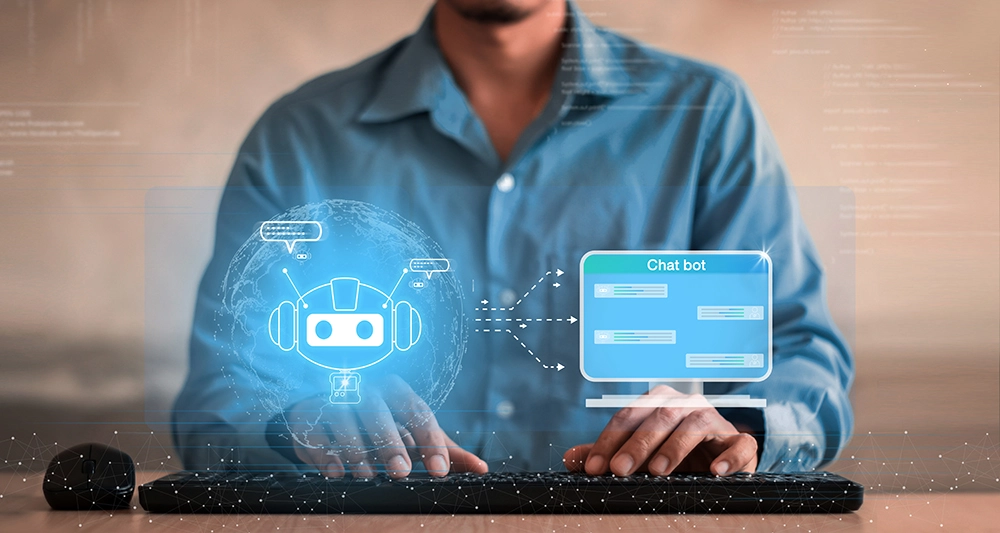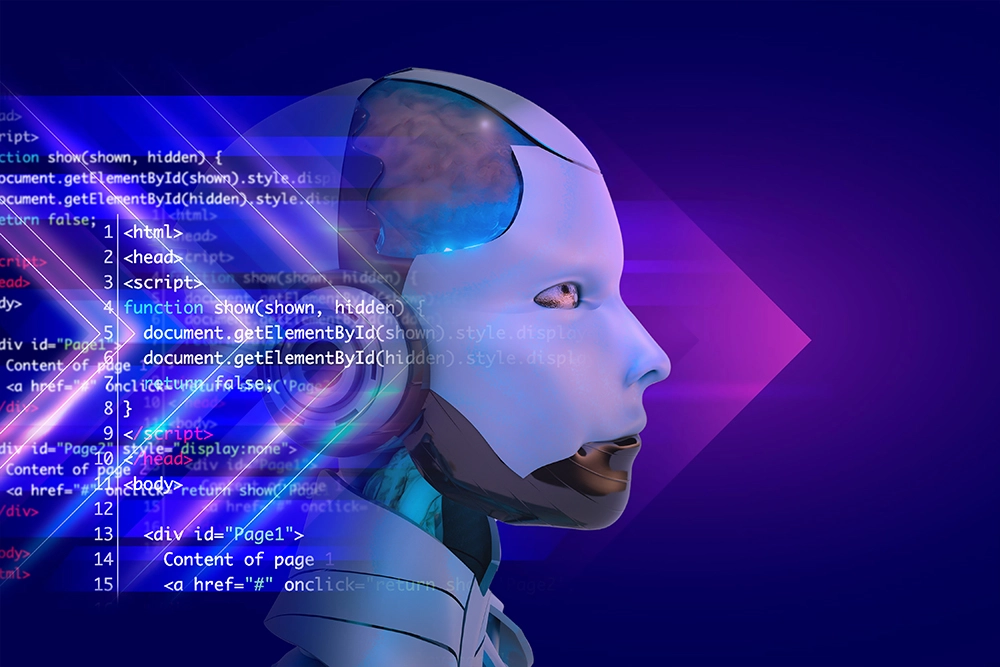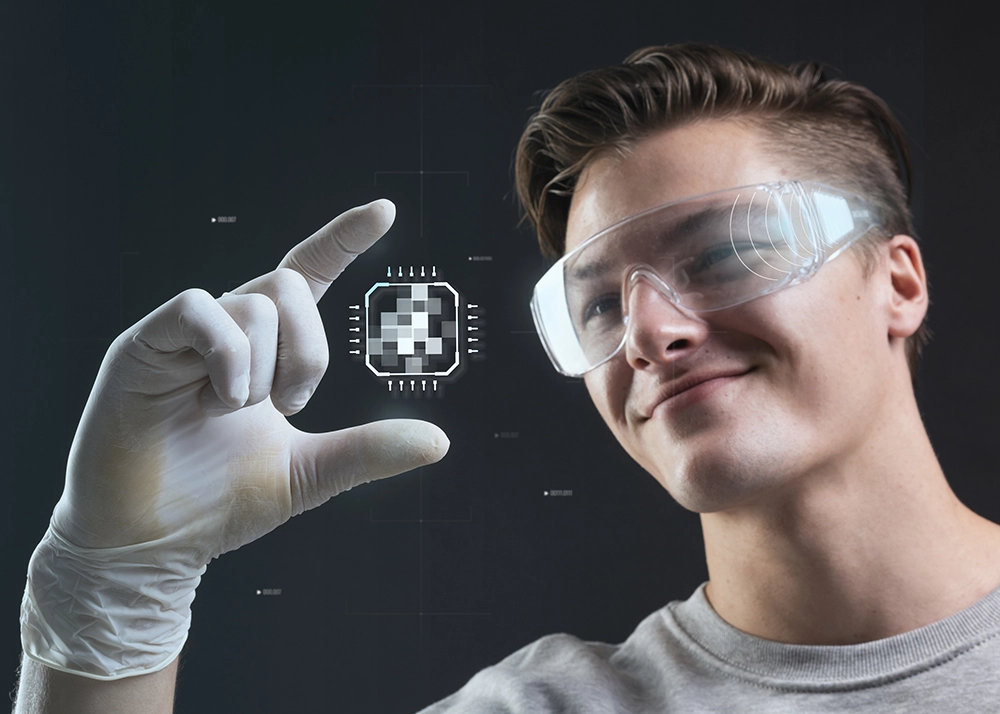
Chatbots can be integrated with ERPs to carry out routine tasks more efficiently, saving on the cost of resources. The three main instances where chatbots come to operation are Self-service applications, Round-the-clock automated interaction and Integration with enterprise applications for different teams to function efficiently.

Bots act like personal shopping assistants engaging users by suggesting products to purchase and notifying them on real-time offers and delivery status of purchased items. They can help a customer identify and shop for a product by engaging in question-answer interaction influenced by the customer’s browsing pattern.

An employee in a business firm can inquire details such as company policies, vacation and holiday details, medical insurance and travel allowance details to a virtual office assistant chatbot integrated with other applications in the enterprise. Chatbots take away many mundane tasks from the shoulders of recruiters. Bots can analyze information from different sources and help shortlist candidates based on input criteria.

Through quick and simple conversations, bots provide real-time investment advice and help carry out banking tasks such as payments and checking transactions.

A virtual hospitality assistant available round the clock helps users plan a stay, book rooms, and avail amenities through chatting, providing greater customer satisfaction.

Travel bots provide personalized services from booking tickets to timely notification of logistics alerts which are time sensitive through quickly accessible messaging interfaces. A person who wishes to travel can visit an airline website and interact with their chatbot to find the right flight and book tickets. The bot answers to related queries and provide personalized recommendations and offers on hotels, tourist attractions if programed to do so.

Car dealer bots help car shoppers find their perfect vehicle. The bots ensure 24/7 sales assistance, so the dealership never misses a lead or keeps a customer waiting.

In the present era of AI and Machine Learning, having a distinct character/personality is what makes a chatbot appealing to users. Bots can be trained to express their personality through language and expressions. Designers feed in empathetic responses anticipating all potential directions of conversations. Besides, Machine Learning enables them to learn from the conversations they engage in. Based on the required usage, the expressiveness as well as the kind of expressions of the bots can be adjusted. As an example, a hospitality chatbot may have ‘lighter’ expressions when compared to that of a personal finance advisor chatbot.

Bots analyze language usage patterns from conversations to respond accordingly. Responding in this fashion instead of providing search results for inquiries, makes the conversation appear more personal than machine-like.

Bots are programmed to understand the tone of a conversation by recognizing the sentiment associated with words. As an example, a bot can be programmed to speed up resolution of a request rather than engage more in pleasantries, when it identifies urgency in a request.

Bots are built with algorithms that automate learning by identifying patterns in input data. With more conversations, the bot automatically improves and performs predictive analytics to prepare itself with relevant responses. In other words, machine learning is what makes a bot think and respond.

Bots recognize entities by identifying and categorizing data such as name, place, organization, events and other parameters from inquiries. The categorized data will then be mapped to known entity types in order to provide relevant responses.